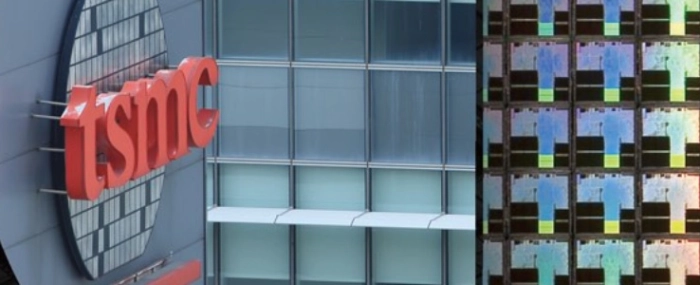
TSMC: A16 manufacturing will start in 2026
The race is on to manufacture the worlds fastest chips, and TSMC has just made a bold claim to be winning it.
TSMC unveiled its A16 (1.6nm) technology for the first time this week at the 2024 North America Technology Symposium in California. It said the chip process will enter production in just over two years' time. The move will see A16 go head to head with Intel's similarly advanced 14A technology (also scheduled for 2026).
A16 will use gate-all-around (GAAFET) nanosheet transistors and what TSMC calls a backside power rail solution to deliver unprecedented performance to the wafer level. The technique will flow power from the bottom up rather than the traditional top down. Compared to TSMC's N2P fabrication process, A16 is expected to offer a performance improvement of 8% to 10% at the same voltage and complexity, or a 15% to 20% reduction in power consumption at the same frequency and transistor count.
The process will produce 1.6nm chips. Meanwhile TSMC's 2nm N2 process node is on track for production in the second half of 2025.
Kevin Zhang, TSMC's senior vice president of business development, said he doesn't expect the firm to use ASML's new High NA EUV lithography tool machines for the A16 process. That represents a significant difference from Intel, which last week revealed plans to use the tool to develop its 14A chip.
TSMC announced a range of new tools and technologies at the event. They included:
- TSMC NanoFlex Innovation for nanosheet transistors, providing designers with flexibility in N2 standard cells.
- N4C Technology, an extension of N4P technology with up to 8.5% die cost reduction and low adoption effort, scheduled for volume production in 2025.
- CoWoS, SoIC, and System-on-Wafer (TSMC-SoW), allowing a large array of dies on a 300mm wafer.
- Compact Universal Photonic Engine (COUPE), which stacks an electrical die on top of a photonic die.
